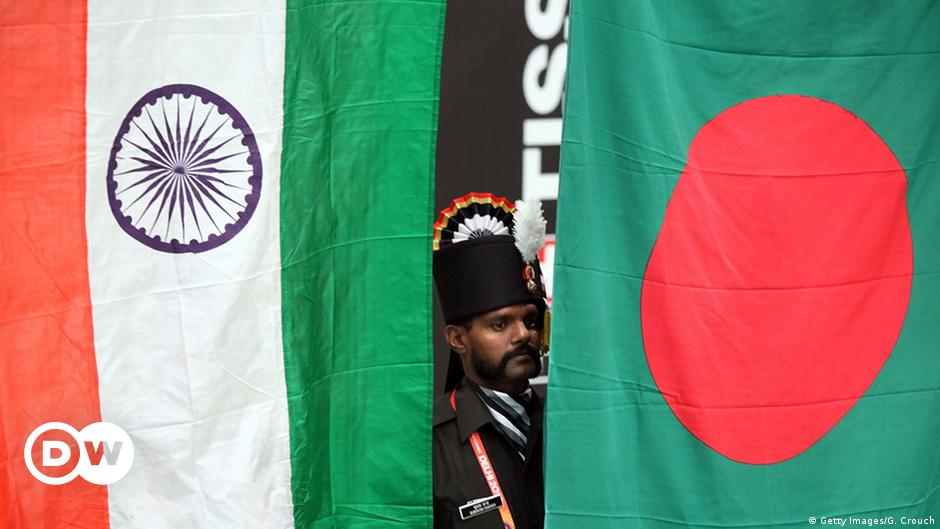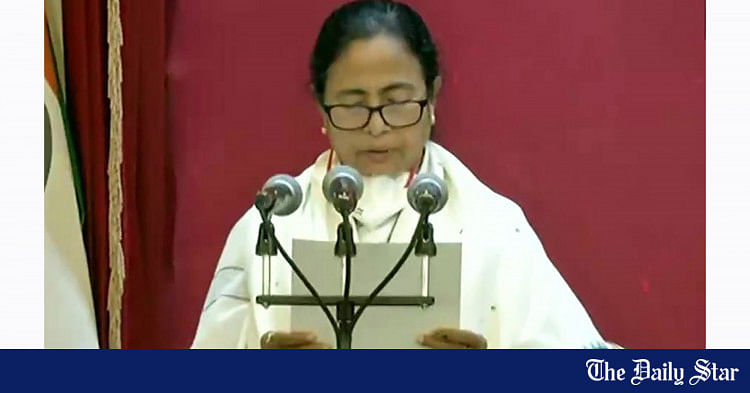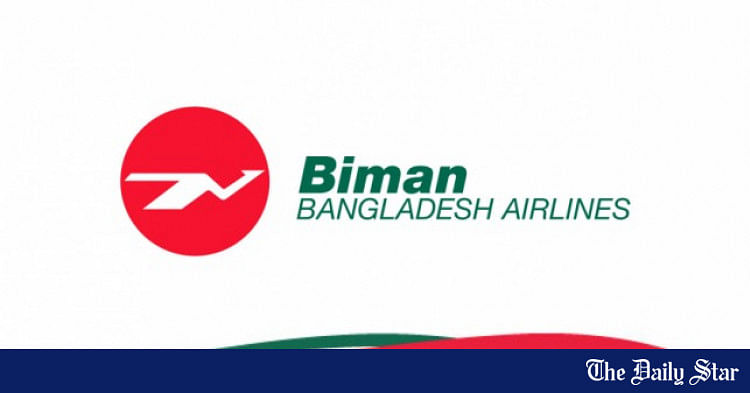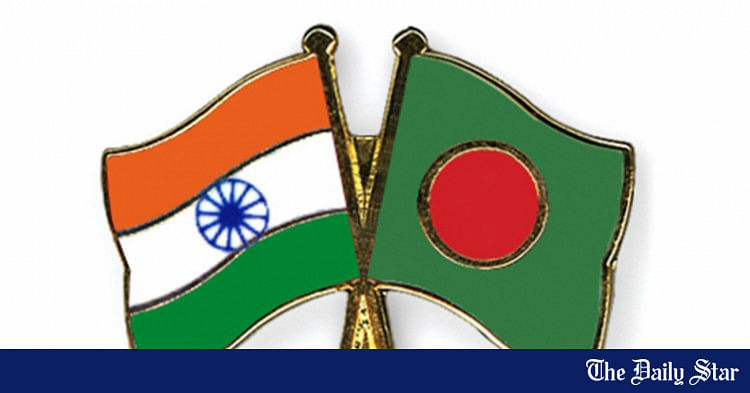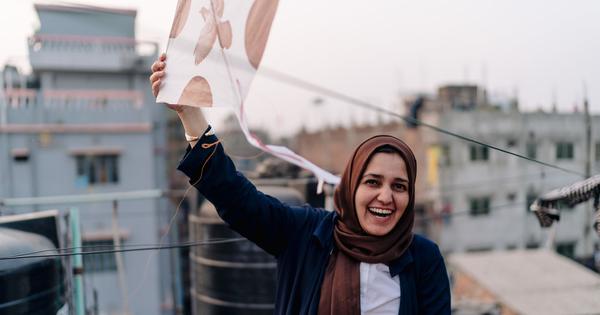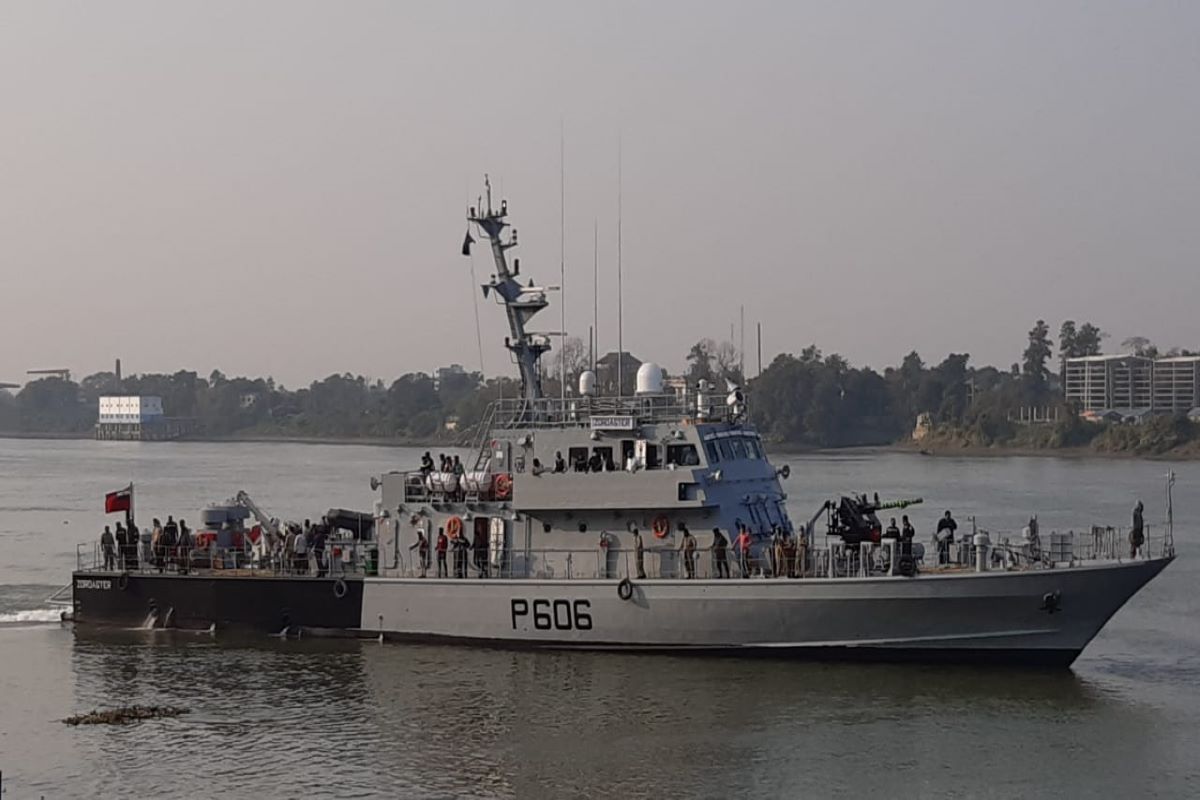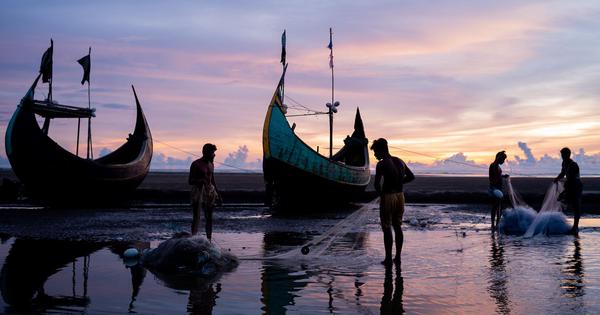Why Bangladesh has been ignoring India’s warnings about the Chinese ‘debt trap’
China’s Belt and Road Initiative has become almost synonymous with debt trap diplomacy. It’s a half-baked idea that created grounds for unfounded speculation.
Adam Pitman
Many in South Asia view major foreign powers (like China) and changes in status quo (like new economic relationships) with caution.
A history of colonialism and non-alignment are
shared experiences across the region. These experiences contribute to a principled worldview, which does not readily
accept terms defined by realpolitik, and prefers to
redefine issues based on precedent.
However, smaller countries in the region – like Bangladesh – have shown greater willingness to adapt to new trade and investment flows. India, meanwhile, has become
more cautious.
These differing viewpoints are reflected in reporting on Chinese economic activity in South Asia.
Journalists in Bangladesh concerned themselves with the practicalities of China’s economic activity. Their work focused on events. They illustrated their stories with context.
Counterparts in India, and further abroad, expressed broader concerns about China’s economic activity. Their work focused on relationships. They illustrated their stories with perspectives.
This reflects a larger schism between
fact- and opinion-based reporting.
It represents a distinct challenge for foreign news reporting and analysis, which often depends on
third-hand accounts
, collected in the days after spot reporting, or later when any debate has boiled over
.
Unsustainable loans
Invariably, journalists who would like to present “
both sides” of China’s economic activity in event-based stories, and commentators who would like to express their distrust of China’s intentions in opinionated stories, refer to debt trap diplomacy, or utilise its narrative logic.
The dept trap diplomacy theory was
created in 2017 by Brahma Chellaney, a strategist at the Centre for Policy Research. He created the theory to describe risks he associated with China’s Belt and Road Initiative or BRI, a global development programme unveiled as “One Belt, One Road” in 2013.
Chellaney alleged that Beijing used the BRI to further China’s geopolitical interests.
Debt trap diplomacy lulled countries into unsustainable loans for infrastructure projects. This produced assets that Beijing could use for political leverage, and seize if borrowers could not afford repayment.
The debt trap concept provided a theoretical framework for critics of the BRI. It also seemed to explain motive in several high-profile deals involving Chinese state-owned enterprises – namely a 2011 land lease in Tajikistan and the 2017 Hambantota Port lease and equity sale in Sri Lanka.
The trouble for debt trap proponents is that China didn’t appear to cancel debt as part of the deals. Borrowers still owned their debt, and assets.
Tajikistan’s land lease
was designed to commercialise agricultural development. Sri Lanka
used the income from the port lease and equity investment for repayments unrelated to the port, or China.
More recently, the term has been
used to describe Laos’ 2020 power grid lease and equity sale to a Chinese state-owned enterprise. But reporting
hasn’t shown that China cancelled debt as part of the deal. Some analysts
expect Laos to use the income for revenue-generating power exports.
These cases don’t serve as textbook asset seizures – the supposed goal of debt traps.
Scant evidence
The
How China Lends: A Rare Look into 100 Debt Contracts with Foreign Governments study – co-published by AidData, the Center for Global Development, the Kiel Institute for the World Economy, and the Peterson Institute for International Economics –
found scant evidence of debt traps.
Specifically, the study’s authors found “little evidence […] that China’s state-owned banks routinely use physical infrastructure – like a seaport or a power plant – as collateral” in their review of 100 contracts between Chinese lenders and government borrowers in 24 countries across the world.
However, the study did find contracts contained aggressive clauses. These clauses had more in common with commercial lending terms than terms offered by bilateral or multilateral lenders.
The authors noted that, while all creditors seek influence for repayment, commercial terms take on new meaning when used in government-to-government lending. Especially if Chinese lenders were to leverage their contracts over a borrower during a debt crisis.
These findings show that states who borrow more than they can afford may find themselves in a tight spot with China. Still, research to date hasn’t uncovered enough case examples.
Instead, research to date has shown that BRI outcomes are largely defined by borrowing governments, and their ability to manage projects, lenders, and contractors.
Like
How China Lends authors, the Rhodium Group, an economic research firm,
didn’t find any clear-cut asset seizures in a review of 130 bilateral debt renegotiations involving China between 2000 and 2020.
The firm’s previous research
found bilateral debt renegotiations with China “usually involve a more balanced outcome between lender and borrower, ranging from extensions of loan terms and repayment deadlines to explicit refinancing, or partial or even total debt forgiveness”.
Further, they found renegotiations often favoured the borrower, rather than China, particularly when borrowers had alternative sources of funding, or experienced a change in political leadership.
Taken together, the research suggests that China’s contracts may reflect its insecurities, rather than “
creditor imperialism” designed to support “
neo-colonial designs”, as Chellaney alleged.
The country is, after all, a new overseas lender financing ambitious state-owned enterprises in high-risk locations.
Bumps in the road
And the BRI is far from a runaway success.
Many projects have failed to materialise, while lenders have written-off others. State-owned enterprises have clammed up when they realised a project was poorly designed, or cost too much. Lenders, meanwhile, have little interest in playing rough – that would only create political problems for Beijing.
As Shahar Hameiri, associate professor at the University of Queensland, has
written, a twist on Hanlon’s razor applies: “Never attribute to malice what can be explained by incompetence.”
But debt trap diplomacy allegations have persisted in spite of literature that has questioned its merit, from the BRI’s
origins in China, to its
application across the world. And the burden of proof has remained in the hands of its critics, rather than its claimants, on a country-by-country basis.
That means countries like Bangladesh are just one soft report away from their next debt trap drama.
Asian News International made the most specific debt trap
allegation against Bangladesh in 2019. The news agency has been
accused of publishing disinformation and propaganda, including on
Bangladesh. But the article was
syndicated by credible broadsheets and its allegations were later
refined by commentators.
According to the ANI article, Bangladesh’s Payra port project could “fall into Chinese hands”.
The article was allegedly based on comments made by “officials in Dhaka”. The article suggested the officials said, “It will not be a long time before China starts asserting more control over the Payra port.”
The article further claimed the officials believed China’s investments were “a smokescreen to obfuscate their real intentions, which was [sic] to establish sovereign control over a crucial Bangladeshi port”.
The article correctly noted that two Chinese state-owned enterprises
signed memoranda of understanding for project components. But it didn’t mention other firms were bidding on other components. Dhaka selected four other firms –
one from Europe, and
three from South Korea – to work on the project.
Dhaka had employed a model it often used for its infrastructure projects.
It
divided port development “into 19 components, opting for separate funding strategies for each component that ranges from government-to-government cooperation to public private partnership”, according to Abdullah Ar Rafee, a researcher at the Institute for Policy, Advocacy, and Governance.
Bangladesh is
financing dredging work. India is
financing a terminal. Dhaka wants China and
Japan to finance other components.
Others may step up if
tapped.
Well-placed sources in Dhaka would have been aware of these details. The fact that ANI’s sources were not aware suggests they weren’t well-placed to comment.
Unbridled speculation
Either way, the Payra port allegation illustrates where debt trap proponents so often go wrong. Few examine how projects are designed, financed, or awarded before making an allegation. This is why projects involving China in
any way are often mentioned as part of debt trap speculation.
The debt trap theory – one scholar
called it a “meme” – has become a catch-all.
Proponents use the term to warn of a variety of risks they associate with infrastructure projects financed, or constructed, by China. Sometimes regardless of whether financing is unsustainable.
The way some commentators now describe debt traps could be misunderstood as ensnaring whole countries. They refer to a general vulnerability to a debt trap-like situation. They use information that implies Beijing compromises borrowers’ government or market to support their view.
This lay usage creates grounds for near-constant debt trap speculation in countries like Bangladesh. The sheer improbability of such allegations rarely attracts critical analysis. But it’s not beyond rebuttal.
Gowher Rizvi, foreign affairs advisor to the prime minister of Bangladesh,
told The Indian Express, “our relationship with China is very much confined to investments and development projects. However, even then we have been very mindful. We do not want to create a situation where we have borrowed more than we can repay. We have learnt from Sri Lanka; we have learnt from Djibouti.”
Bangladesh is not a sitting duck. Multilateral creditors
hold most of Bangladesh’s debt – not China.
Dr AK Abdul Momen, Bangladesh’s foreign minister,
said, “Many critics argue that since Bangladesh has undertaken a large number of mega projects through borrowing from other countries, it may fall into debt trap, but it is not true.” He noted China held just 6.5% of the country’s external debt.
These comments speak to a more serious problem. Many borrowers simply
don’t believe in the debt trap idea because it doesn’t reflect their experience. That’s because it presents borrowers as powerless.
The World Bank and Asian Development Bank
are Bangladesh’s biggest creditors. These funders, among others, like Japan and the US, have been working in Bangladesh for decades. That experience has
increased bureaucrats’ ability to select financing that serve their interests.
This may be part of the reason Bangladesh has managed it external debt so responsibly.
The International Monetary Fund
reported Bangladesh had a “low risk of overall and external debt distress” before the Covid-19 slowdown and a “sustainable” debt profile afterwards.
In June 2020, Dhaka
reported a 14.7% external debt-to-GDP ratio. Experts generally advise developing economies not to breach a 40% threshold.
‘Low risk’
Several studies have confirmed that BRI financing was unlikely to cause Bangladesh debt distress.
In 2019, the World Bank
found that Bangladesh wasn’t likely to experience BRI-related debt vulnerability. In 2018, the Center for Global Development
described Bangladesh as having a “low risk” of debt distress, with a “small” risk from further BRI financing.
The authors of both reports used generous estimates for projected BRI investments.
Their data was based on open-source research due to the absence of official BRI data. For example, the World Bank estimated that Bangladesh was due US $32 billion in BRI investments. This figure was based on projects that were either planned, implemented, or completed between 2013 and 2018.
It is then possible that Bangladesh’s BRI debt vulnerability may now be even lower than assessed.
Much of what is publicly known about China’s investment in Bangladesh comes from MoU announcements. That means researchers are dependent on figures announced for projects in the planning phase – projects that haven’t been implemented or completed.
A majority of these MoUs were announced when China’s president Xi Jinping visited Dhaka in 2016.
The Daily Star, an English-language daily from Dhaka, recently
reported that only seven of the 27 BRI MoUs announced in October 2016 have been implemented. China has disbursed $1.6 billion against the $5.4 billion planned for the seven projects.
These figures are
well shy of the $24 billion initially projected.
Dhaka scrapped several projects. These include a
highway and a
coal plant. At least two rail projects
appear set for the chopping block. They never implemented others.
Most recently, Dhaka
asked Beijing to swap five projects from 2016 worth $5.26 billion – including the cancelled highway and coal projects – for five new projects worth $1.65 billion.
These development suggest the countries are unlikely to achieve the $24 billion announced in 2016, or more bullish figures
floated since then. But the countries will likely continue to work together.
David Dollar, a senior fellow at Brookings, has
explained that many developing countries – like Bangladesh – prefer Chinese financing for infrastructure projects. That is because Western donors primarily finance capacity building programmes, and private loans are too expensive.
Countries “rationally allocate China to do transport and power, the Western donors to do social sectors, and private bondholders to provide general, short-term budget finance,” according to Dollar.
Dhaka will then likely continue to seek out financing from China because Beijing’s financial interests are well suited to Bangladesh’s infrastructure needs.
But it won’t stop Dhaka from pursuing other opportunities.
In March, for example, Dhaka
established the Bangladesh Infrastructure Development Fund. The fund will use foreign exchange reserves to invest $2 billion a year in port and power projects.
When analysts view these factors together, they may come to see the BRI commitments made between 2016 and 2020 as demonstrative. It announced the interest Beijing and Dhaka had in collaboration. Some of the projects they forged worked out, many did not.
What’s sure is that Dhaka isn’t beholden to Beijing. It is addressing infrastructure with purpose.
This is the third in a five-part series on the India-Bangladesh relationship. Read the rest of the series here.
Adam Pitman is an analyst and editor based in South Asia. His Twitter handle is @ar_pitman.
China’s Belt and Road Initiative has become almost synonymous with debt trap diplomacy. It’s a half-baked idea that created grounds for unfounded speculation.

scroll.in
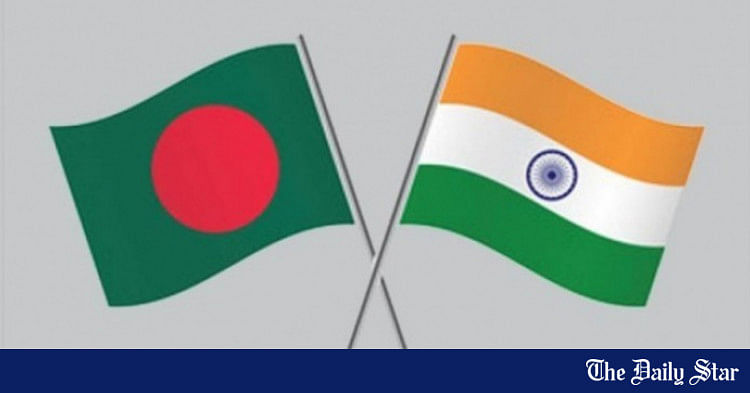
 www.thedailystar.net
www.thedailystar.net



